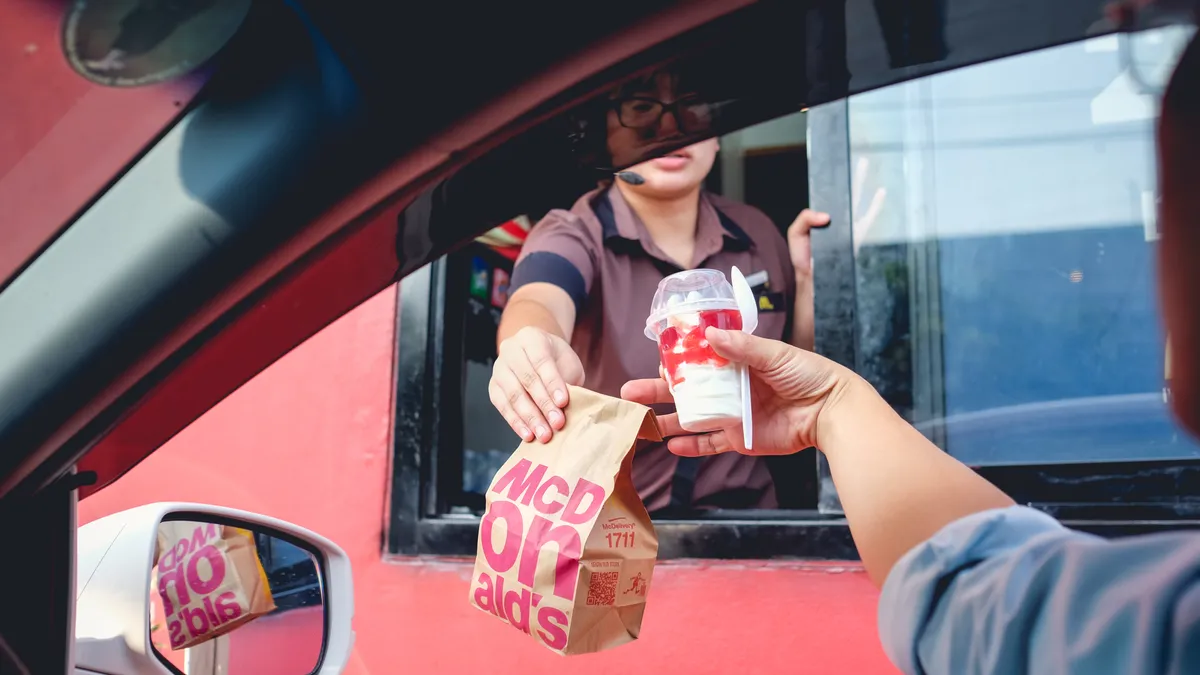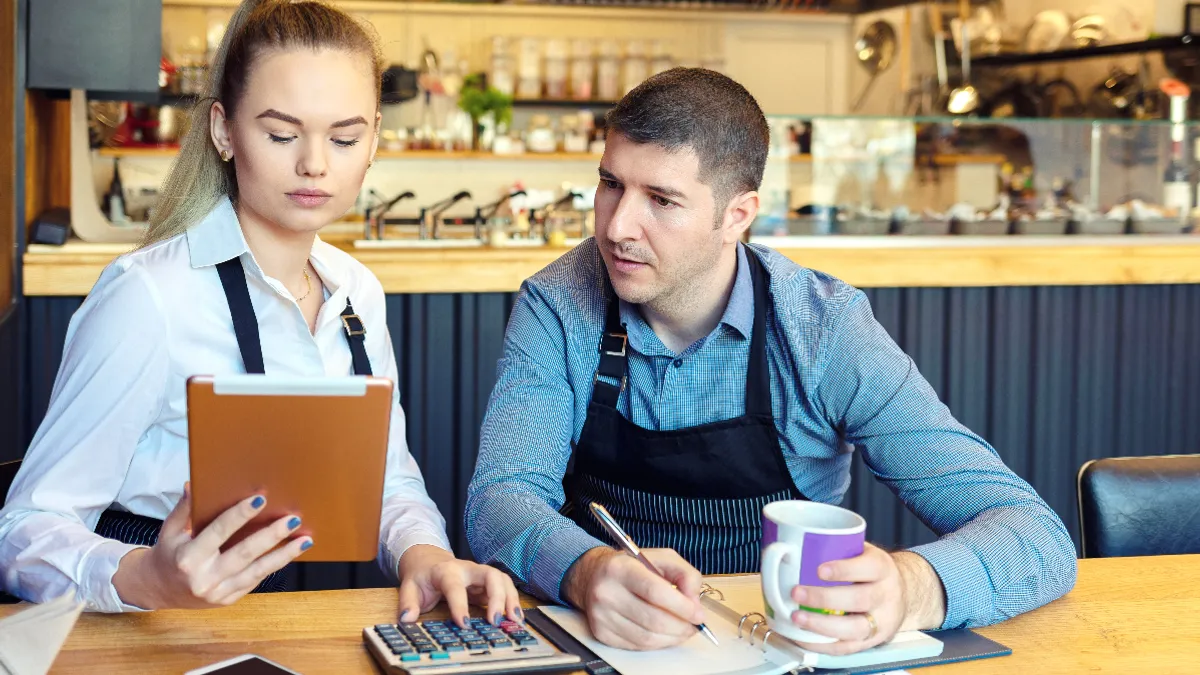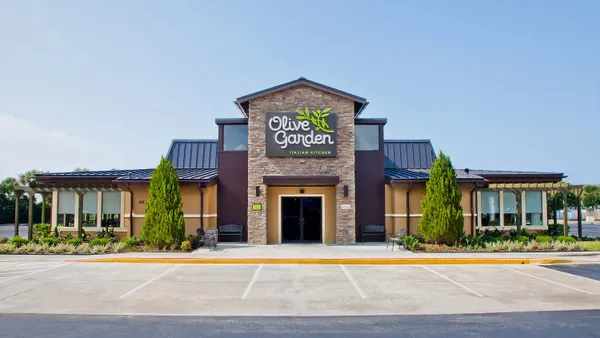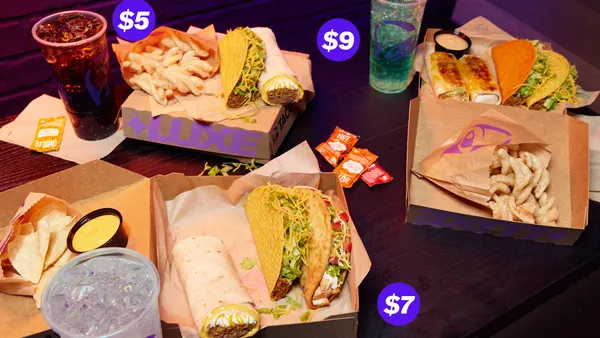Dive Brief:
- Consumer demand for takeout and delivery is expected to grow in 2020 due to the upcoming summer Olympics and elections, according to a BTIG report emailed to Restaurant Dive.
- Consumers will choose to stay in during these events versus visiting a restaurant, which could negatively impact traffic by 100 to 150 basis points. The firm expects this will benefit pizza delivery companies as well as restaurants that have significant off-premise sales such as Chipotle and Wingstop.
- Further, BTIG predicts pizza delivery will benefit from the Olympics, particularly late-night delivery as viewers tune into the competition from Tokyo on a 13-to-16-hour time difference.
Dive Insight:
A negative impact on traffic is probably the last thing restaurant operators want to hear after navigating declining guest counts throughout 2019. But during the 2016 Olympics and subsequent presidential election, that is exactly what happened. During an earnings call in August 2016, Wendy's CEO Todd Penegor said consumers are "not as apt to spend as freely" during an election cycle because of uncertainty.
Steve Easterbrook, former McDonald's CEO, said the same thing in 2016, noting that "when families are uncertain, caution starts to prevail and they start to hold back on spend." McDonald's same-store sales during that specific quarter were up 1.8% versus the expected 3.4%. Executives from other brands, including Dunkin', also noted the negative impact.
Restaurants aren't alone in feeling the pinch from election-induced consumer anxiety. According to AlixPartners, year-over-year retail sales growth during the 2012 and 2004 presidential election quarters slowed by 22%. Restaurants that leverage their value offerings and delivery promotions a month or two leading up to the elections may find themselves relatively immune to such a sharp hit.
Also, while BTIG believes delivery-heavy pizza companies will emerge as the winners during the Olympics, as they were during the 2016 and 2012 games, the 2020 games might be very different, since more non-pizza brands have adopted delivery. This levels the playing field a bit for the captive audience tuning in at home for more than two weeks. And that’s quite an audience — in 2016, the Rio de Janeiro Games generated 3.6 billion viewers.
In 2019, 50% of consumers ordered food delivery between once and five times a month. This growth is why some pizza companies, like Papa John’s, have jumped into the delivery aggregate space. Chances are much higher this time around that consumers beholden to their couch during a compelling Olympic race will turn to an aggregate when they’re hungry, and Papa John’s will be a part of those choices.
But those choices are abundant, so the winners during these Olympics are anyone’s guess. It will likely be the brands that offer not just delivery, but late-night delivery to accommodate the time change. That space no longer belongs just to pizza. McDonald’s has had quite a lift from its late-night delivery business, for example. So has Popeyes. Delivery promotions will more than likely ramp up during the Olympics, and those promotions will no doubt focus on this daypart.









